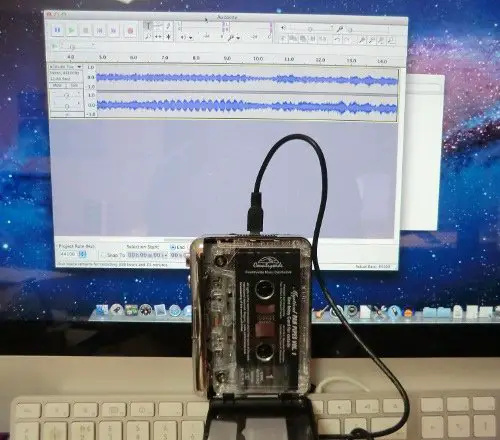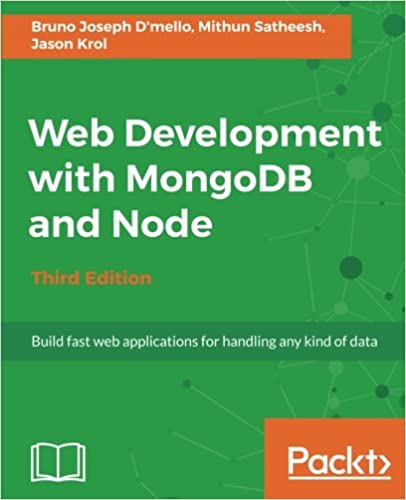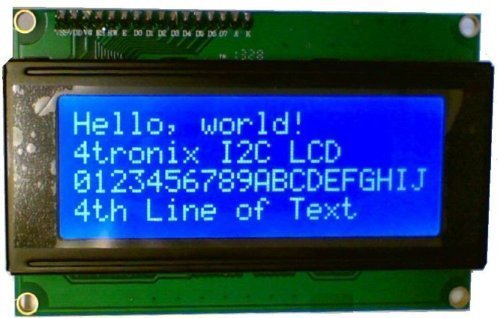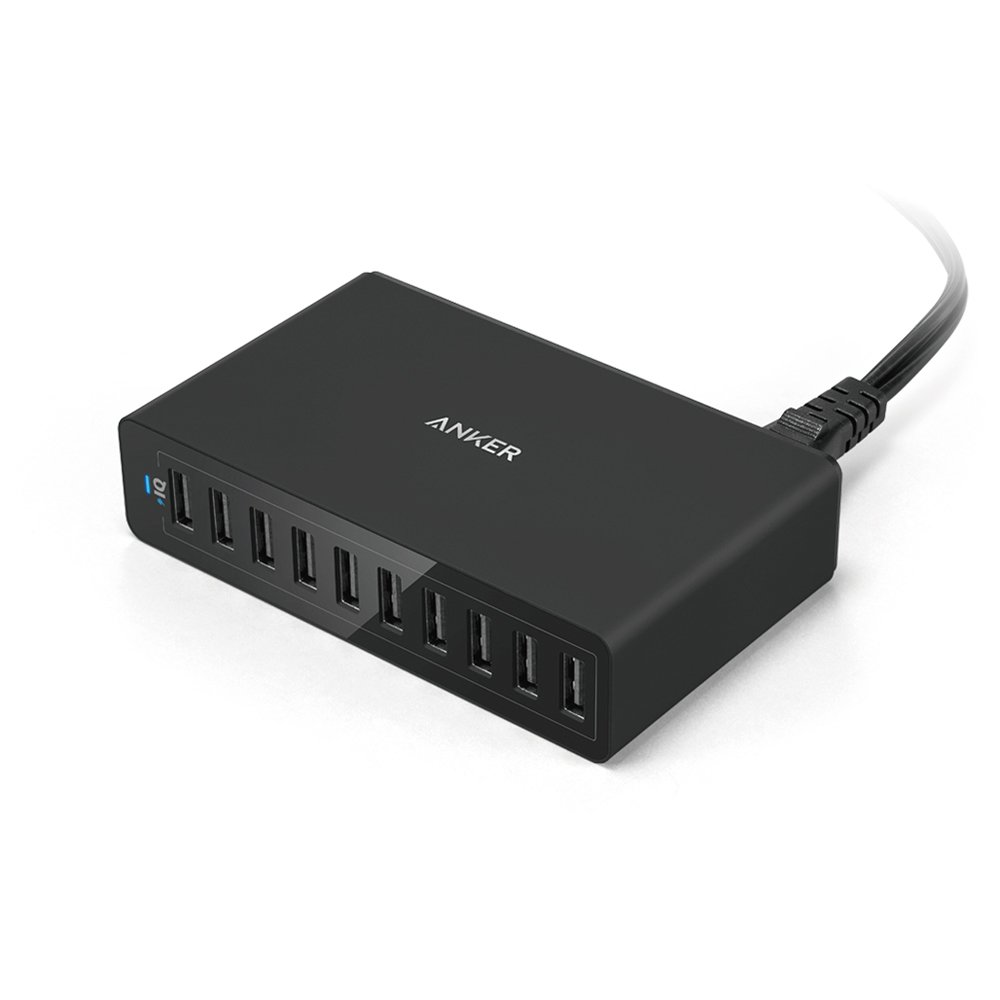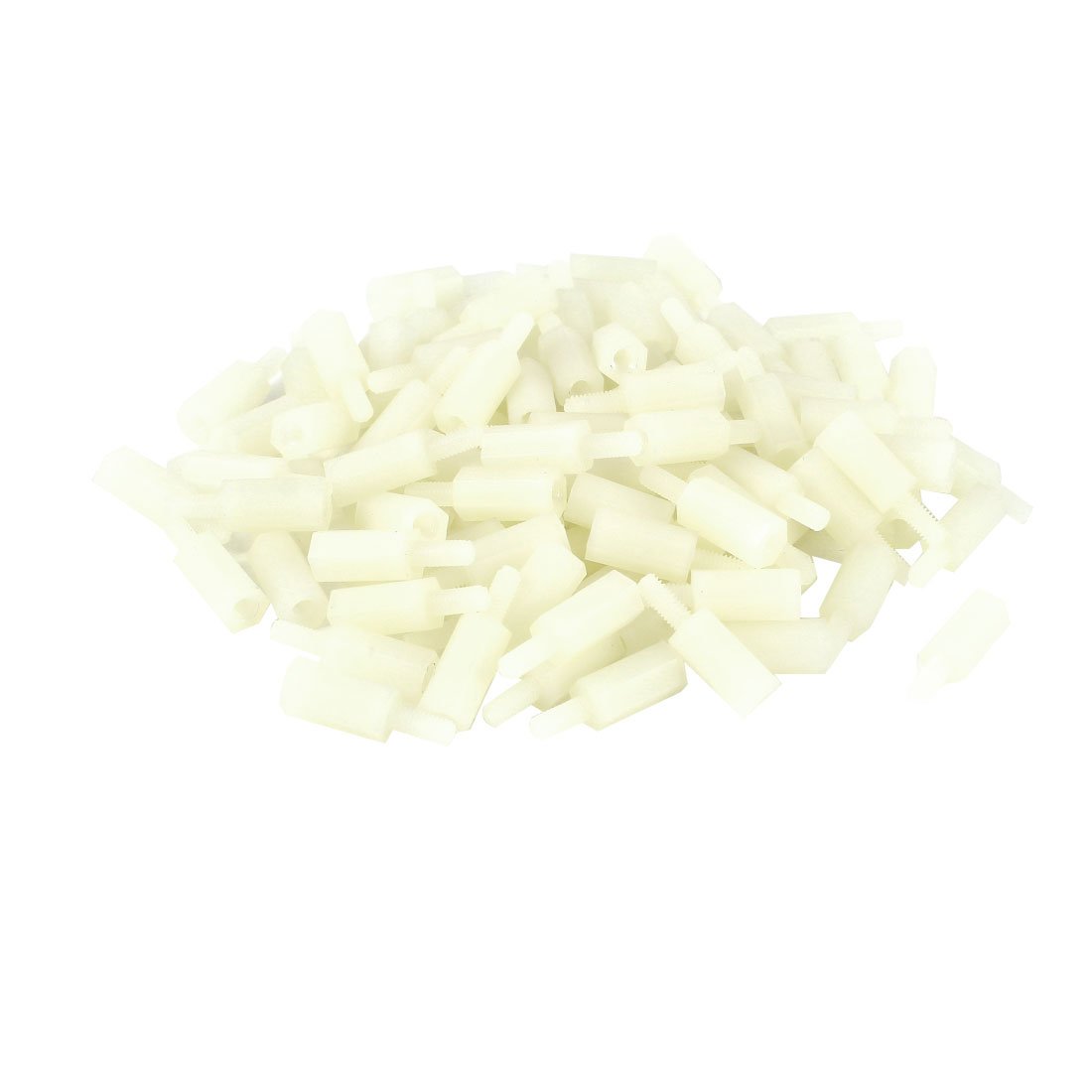; Date: Mon Jun 24 2019
Tags: Raspberry Pi »»»» Linux SBC »»»»
The Raspberry Pi 4 is now available at the same traditional starting price of $35. This popular linux single-board-computer (Linux SBC) comes in the same familiar form factor, but with upgraded specs across the board. Perhaps the most important is it can be purchased with up to 4GB of memory, but there's a lot more to consider.
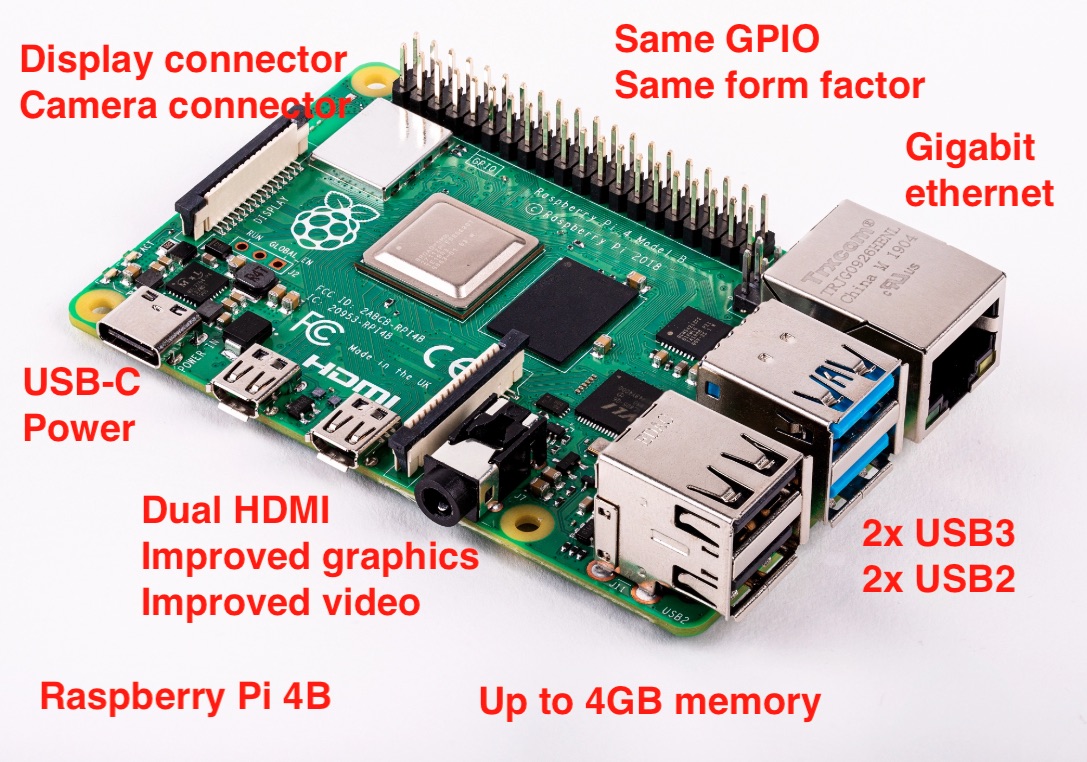
The original Raspberry Pi launched a whole industry of Linux single board computers, often named after some other fruit pie (orange pi, banana pi, etc). The Raspberry Pi is so popular that any Linux SBC from anybody else is automatically positioned as a potential Raspberry Pi killer. The other Linux SBC board makers have added useful features like more memory, SATA interfaces, gigabit ethernet, USB3, etc, making them more attractive than the Raspberry Pi. Therefore it's possible to interpret the Raspberry Pi 4 as an answer to those other boards.
Specifications:
- A 1.5GHz quad-core 64-bit ARM Cortex-A72 CPU (~3× performance)
- 1GB, 2GB, or 4GB of LPDDR4 SDRAM
- Full-throughput Gigabit Ethernet
- Dual-band 802.11ac wireless networking
- Bluetooth 5.0
- Two USB 3.0 and two USB 2.0 ports
- Dual monitor support, at resolutions up to 4K
- VideoCore VI graphics, supporting OpenGL ES 3.x
- 4Kp60 hardware decode of HEVC video
- Complete compatibility with earlier Raspberry Pi products
Highlights:
- Improved processor speed
- MORE MEMORY
- GIGABIT ETHERNET
- USB3
- Dual HDMI ports to drive two monitors at 4K
- Improved hardware video processing
As I see it the Raspberry Pi team had two big items to tackle.
- Get to parity with offerings from other Linux SBC makers who've offered USB3, Gigabit ethernet, and more memory for a long time
- Satisfy the home theater enthusiasts with additional GPU and Video capabilities, including dual monitor support
Maybe there is a Maker-specific rationale for improved graphics and dual monitor support. If so, I do not know what it is. Sure the hardware graphics improvement could be useful to computer vision people. But what does dual monitor support do other than get a home theater person excited?
Getting improved memory will of course cost more money:
| RAM | Retail price |
|---|---|
| 1GB | $35 |
| 2GB | $45 |
| 4GB | $55 |
The team claims to have radically improved Raspbian - basing it on Debian 10 Buster.
This brings numerous behind-the-scenes technical improvements, along with an extensively modernised user interface, and updated applications including the Chromium 74 web browser. Simon will take an in-depth look at the changes in tomorrow’s blog post, but for now, here’s a screenshot of it in action.
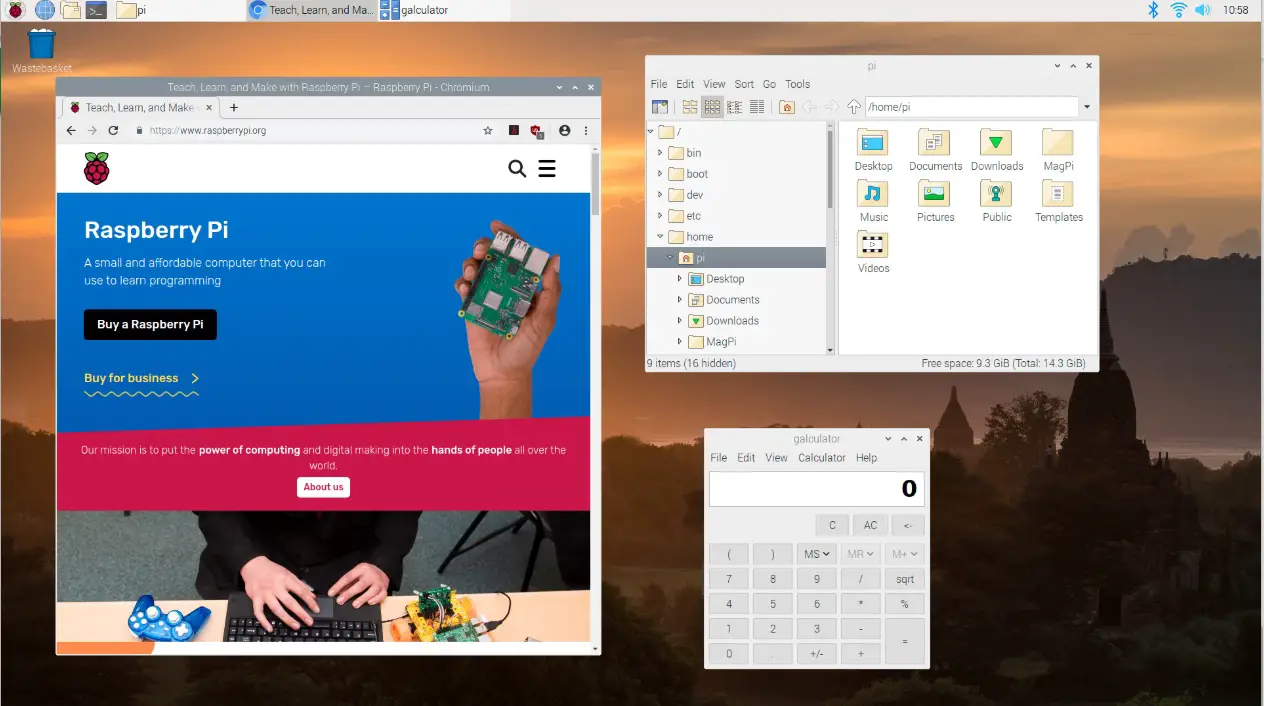
One notable step forward is that for Raspberry Pi 4, we are retiring the legacy graphics driver stack used on previous models. Instead, we’re using the Mesa “V3D” driver developed by Eric Anholt at Broadcom over the last five years. This offers many benefits, including OpenGL-accelerated web browsing and desktop composition, and the ability to run 3D applications in a window under X. It also eliminates roughly half of the lines of closed-source code in the platform.
The specs above said the improved CPU was 3x faster than before, even though the clock speed doesn't really indicate this. What they have to say is:
Raspberry Pi 4 is built around BCM2711, a complete re-implementation of BCM283X on 28nm. The power savings delivered by the smaller process geometry have allowed us to replace Cortex-A53 with the much more powerful, out-of-order, Cortex-A72 core; this can execute more instructions per clock, yielding performance increases over Raspberry Pi 3B+ of between two and four times, depending on the benchmark.
We’ve taken advantage of the process change to overhaul many other elements of the design. We moved to a more modern memory technology, LPDDR4, tripling available bandwidth; we upgraded the entire display pipeline, including video decode, 3D graphics and display output to support 4Kp60 (or dual 4Kp30) throughput; and we addressed the non-multimedia I/O limitations of previous devices by adding on-board Gigabit Ethernet and PCI Express controllers.



